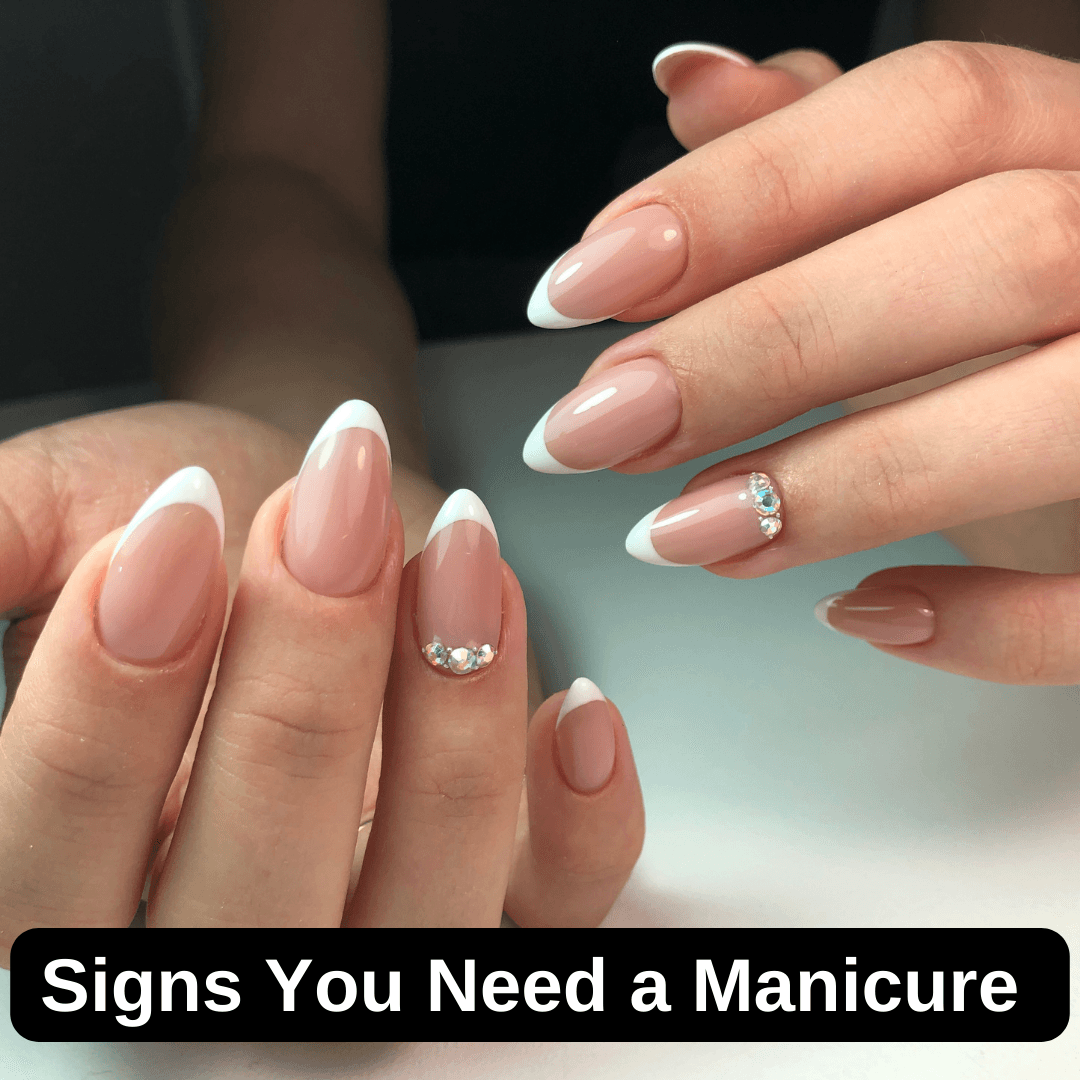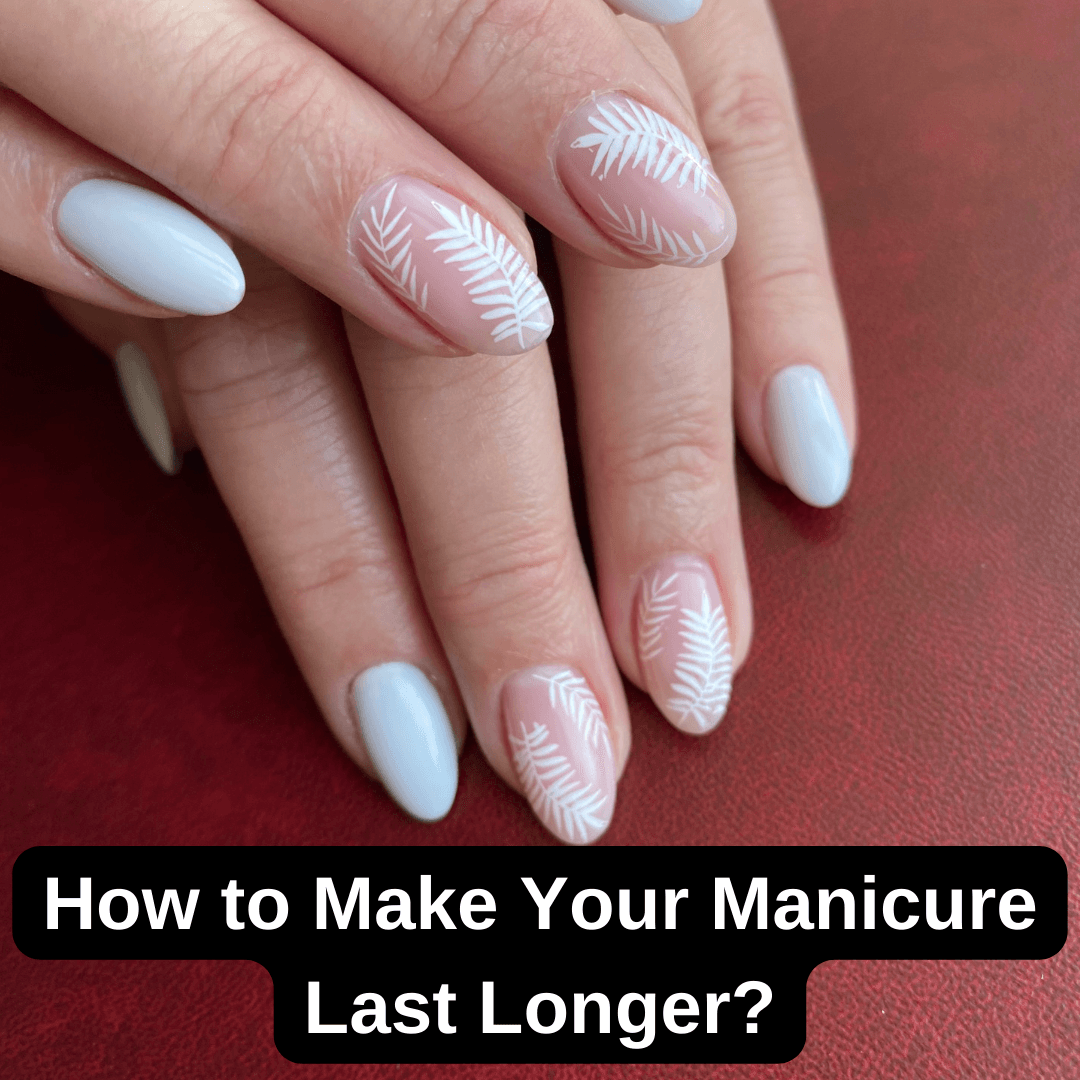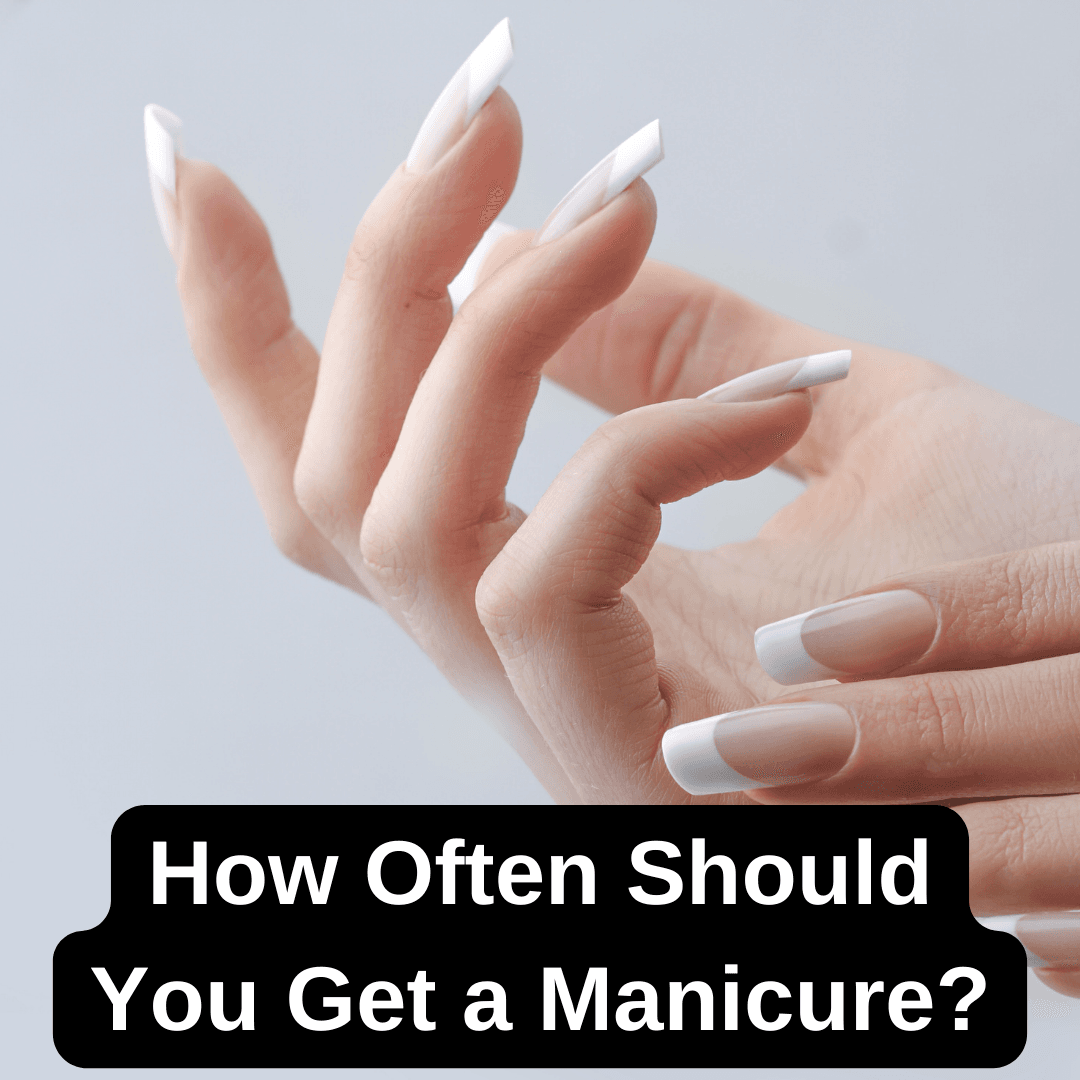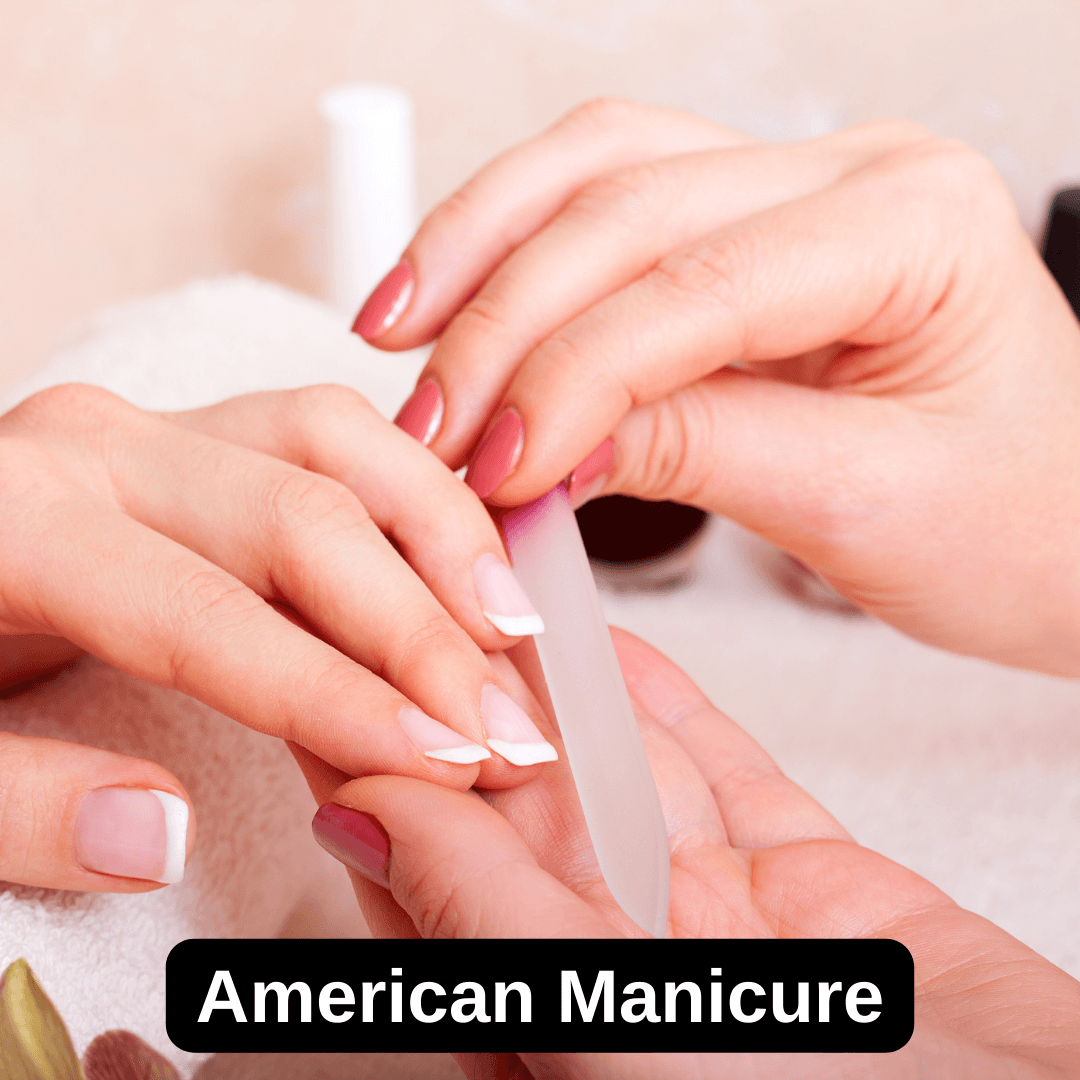Maintaining well-groomed nails goes beyond aesthetics — it’s essential for promoting healthier nails and preventing long-term damage. Whether you prefer a classic manicure, opt for a trendy gel finish, or experiment with acrylics, understanding how often you should schedule a manicure ensures both beauty and nail health. If you’re unsure how frequently you should schedule a manicure, following expert advice can help you maintain healthier nails. According to the American Academy of Dermatology (AAD), regular moisturizing and avoiding harsh chemicals can significantly improve nail strength and prevent breakage.( https://www.aad.org/public/everyday-care/nail-care-secrets/basics/healthy-nail-tips )
So, how often should you get a manicure? The answer depends on factors such as the type of manicure, your lifestyle, and how well you care for your nails between sessions.
Standard manicures typically last 7 to 10 days, while gel or acrylic manicures can stay intact for 2 to 3 weeks. If you’re seeking long-lasting results, choosing the right type of manicure and maintaining it properly can make a significant difference.
Factors That Affect How Often You Should Get a Manicure
1. Type of Manicure
Different types of manicures offer varying lifespans and require different maintenance routines. The durability of your manicure will influence how often you need touch-ups or replacements.
- Regular Manicure: Typically lasts 7 to 10 days before noticeable chipping. Ideal for those who prefer frequent polish changes.
- Gel Manicure: Provides a longer-lasting, chip-free finish for 2 to 3 weeks but may weaken the nails if applied too frequently.
- Acrylic Manicure: Offers durability and can last up to 3 weeks, but requires a fill every 2 to 3 weeks to maintain a polished look.
2. Nail Growth and Health
The rate at which your nails grow and their overall health play a significant role in determining how often you should schedule a manicure. Healthy nails grow approximately 3 millimeters per month, but growth can vary depending on diet, hydration, and general nail care practices.
- Fast-Growing Nails: May require more frequent touch-ups to prevent uneven polish and chipping.
- Brittle or Weak Nails: Benefit from occasional breaks between manicures to restore strength.
For those seeking a perfect balance between nail growth and polish longevity, understanding how many coats of nail polish you should apply ensures a smooth and flawless finish that lasts longer.
Nail growth rate varies depending on health factors, much like how much does hair grow in a month, which is influenced by diet, hydration, and overall care.
3. Lifestyle and Habits
Your daily routine directly impacts how often your manicure lasts. Exposure to water, harsh chemicals, or manual work can accelerate chipping and reduce the lifespan of your manicure.
- Active Lifestyle: If you frequently wash dishes, exercise, or engage in manual labor, expect your manicure to wear out faster.
- Minimal Wear and Tear: If you avoid harsh tasks or protect your nails with gloves during chores, your manicure can last much longer, reducing the need for frequent visits to the salon.
Did You Know? Protecting your hands during daily tasks can preserve your manicure and minimize chipping. Moisturizing regularly and avoiding excessive water exposure can keep your nails healthier and prolong polish longevity.
If your daily routine involves frequent hand washing or manual work, similar to maintaining facial grooming habits like how to get rid of a unibrow, you may need more frequent manicures to keep your nails in top shape.
What Happens If You Get Manicures Too Often?

While regular manicures keep your nails looking polished and well-maintained, excessive manicuring can weaken the nail bed over time. Repeated exposure to acetone and other harsh chemicals used during polish removal can dry out your nails, leading to brittleness and peeling. Additionally, aggressive buffing and filing can thin the nail plate, making it more prone to damage.
To protect your nail health, consider taking occasional breaks between manicures, especially if you frequently opt for gel or acrylic finishes.
Overdoing manicures, much like excessive washing and exfoliating your face, can strip away essential moisture and leave your nails brittle.
How Long Should You Wait Between Manicures?
To maintain healthy nails, waiting between manicures is crucial. For regular manicures, a 1 to 2-week interval is ideal to allow the nails to breathe and regain moisture. If you prefer gel or acrylic manicures, waiting 2 to 3 weeks between sessions helps prevent excessive stress on the nail bed and minimizes the risk of nail thinning.
During these breaks, applying a nourishing cuticle oil and using a nail strengthener can promote healthier, stronger nails. If you’re using gel or acrylic, ensure that you take longer breaks every 8 to 12 weeks to give your nails enough time to recover fully.
Signs You Need a Manicure

Even if you maintain a consistent manicure schedule, certain signs indicate that it’s time for a new session. Look out for the following signs:
- Chipped or peeling polish
- Brittle or dry nails
- Visible cuticle overgrowth
- Discoloration or uneven texture
If any of these signs appear, scheduling a manicure can restore the natural shine and strength of your nails. Regular manicures also help prevent minor issues from developing into bigger problems, such as splitting or fungal infections.
How Often Should You Get a Gel Manicure?
Gel manicures provide a long-lasting, chip-free finish, making them a popular choice. However, due to the curing process under UV or LED light and the use of acetone for removal, they require a different maintenance schedule. Ideally, gel manicures should be done every 2 to 3 weeks to prevent lifting and maintain a flawless appearance.
Important Tip: Since gel manicures can thin the nails over time, it’s essential to take breaks between sessions to allow the natural nail to recover. If you notice excessive thinning or peeling after multiple gel manicures, it’s best to switch to a breathable formula or opt for a regular manicure for a few weeks.
How Often Should You Take a Break from Manicures?
Taking breaks from manicures is vital for long-term nail health. For regular polish, a break every 8 to 12 weeks allows your nails to regain their natural strength. For gel or acrylic manicures, breaks are even more important, as the chemicals and UV exposure involved can weaken the nail bed over time.
During these breaks, nourish your nails with a hydrating cuticle oil and a strengthening base coat. This routine helps restore moisture and strength, preventing brittleness and peeling. Regular breaks from intense manicure routines ensure healthier, stronger nails in the long run.
Is It Okay to Get a Manicure Every Week?
Yes, weekly manicures are safe if performed with care. However, frequent use of harsh nail polish removers and exposure to acetone can lead to dryness and peeling. If you prefer weekly manicures, it’s best to alternate between regular polish and a breathable, non-toxic formula to minimize potential damage.
Expert Advice: To further protect your nails, choose polishes that are free of harmful chemicals such as formaldehyde, toluene, and DBP. Additionally, keep your cuticles hydrated with a nourishing oil between sessions to prevent dryness and irritation.
Getting weekly manicures is generally safe, but just as is it bad to wax your face can have pros and cons, overdoing it may lead to weakened nails.
How to Make Your Manicure Last Longer?
Achieving a long-lasting manicure requires proper aftercare and maintenance. Follow these tips to extend the lifespan of your manicure:

1. Apply a Top Coat Regularly
Reapplying a top coat every 2 to 3 days creates an extra protective layer that prevents chipping and extends the life of your manicure. Opt for a high-quality, long-lasting top coat that adds shine and strengthens the polish.
2. Avoid Excessive Water Exposure
Water weakens the bond between the polish and the nail, causing premature chipping. To prevent this, wear gloves while washing dishes or performing household chores. Prolonged exposure to water can soften the nail bed, making it more prone to damage.
3. Moisturize Your Cuticles
Keeping your cuticles hydrated prevents dryness and peeling, which can cause polish to lift prematurely. Use a nourishing cuticle oil or hand cream daily to maintain hydration and protect the nail bed from becoming brittle.
To extend the longevity of your manicure, adopting a daily nail care routine can make a noticeable difference. A simple 2-minute daily routine recommended by experts helps prevent chipping and keeps your nails hydrated, ensuring a flawless finish for longer. ( https://www.realsimple.com/daily-nail-care-routine-8746256 )
FAQ Section: Most Asked Questions About Manicures
Achieve Perfect Nails with the Right Manicure Routine
Maintaining flawless nails goes beyond regular salon visits — it’s about achieving a balance between care, maintenance, and breaks to ensure long-term nail health. Regardless of whether you opt for a classic manicure or trendy options like Biab or Japanese manicures, understanding how to align your nail care routine with your nail’s natural growth cycle is key to keeping them strong, glossy, and healthy.
Why Consistency Matters
Consistent care prevents common issues such as chipping, peeling, and discoloration. While gel and acrylic manicures can last up to 3 weeks, giving your nails occasional breaks between treatments can strengthen the nail bed and reduce the risk of thinning or brittleness. Overexposure to UV light and harsh chemicals from frequent polish applications can weaken the nails over time, making mindful maintenance essential.
Best Practices for Long-Term Nail Health
To maintain optimal nail health and ensure your manicure lasts longer, follow these best practices:
- Hydrate Cuticles Daily: Regularly apply nourishing oils like jojoba or argan oil to keep the cuticles hydrated, prevent peeling, and promote nail strength.
- Exfoliate and Moisturize Hands: Keeping the skin around your nails smooth prevents dryness and cracking, which can impact nail health. Use a gentle exfoliant and a hydrating lotion for best results.
- Take Breaks from Gel and Acrylics: Allowing your natural nails to breathe between treatments prevents excessive thinning and brittleness. A 2 to 3-week break every 8 to 12 weeks helps restore strength and flexibility.
- Apply a Strengthening Base Coat: When opting for regular manicures, use a nourishing base coat that strengthens the nail plate and prevents damage caused by frequent polish applications.
Tailoring Your Manicure Schedule
To achieve the best results, align your manicure schedule with your nail’s growth cycle and overall health. While regular manicures every 1 to 2 weeks can maintain a polished look, allowing for periodic breaks prevents long-term damage. For gel or acrylic manicures, a 2 to 3-week interval between sessions gives the nails sufficient time to recover.
Explore Healthy Manicure Options
If you’re looking to minimize damage while keeping your nails stylish, consider healthier manicure options such as:
- Biab Manicure (Builder in a Bottle): A flexible, strengthening gel that protects and promotes natural nail growth.
- Japanese Manicure: A nutrient-rich technique that enhances the natural shine of the nails using gentle buffing and vitamin-infused pastes.
- Soft Gel Manicure: Provides long-lasting results while being gentler on the nail plate compared to traditional gel applications.
Long-Term Nail Care for Beautiful Results
When you prioritize consistent care and mindful maintenance, your nails will remain strong, glossy, and polished year-round. By hydrating, exfoliating, and taking occasional breaks, you protect your nails from unnecessary stress while enjoying long-lasting results. Whether you’re experimenting with trendy manicures or sticking to timeless classics, maintaining a well-balanced routine is the key to achieving flawless, healthy nails that look impeccable in every season.
Just as understanding how often to get a pedicure contributes to healthy feet, aligning your manicure routine with your nail’s growth cycle ensures flawless nails year-round.

Certified Laser Hair Removal Specialist & Licensed Laser Practitioner
With 17+ years of hands-on experience in laser hair removal, She is a certified laser practitioner and master trainer with advanced credentials in diode laser systems and women’s skincare. She has led over 200,000 successful sessions, combining deep technical expertise with a strong academic foundation. Known for her professional integrity and results-driven approach, she ensures all guidance is scientifically grounded and client-focused.






